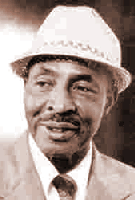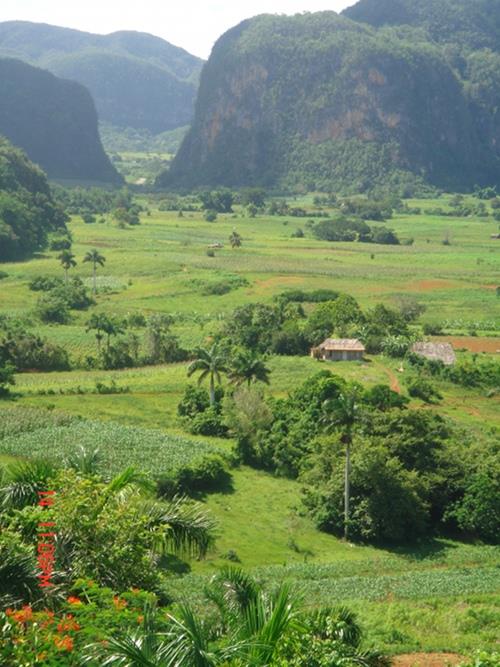Miguel Archangel Conill Conill (Pinar del Rio, May 8, 1917 – Havana, March 13, 1984) better known as Miguelito Cuni, was a Cuban singer. It was one of the voices emblematic of the decades from 40 to 60.
Born in Pinar del Rio, the westernmost province of the island of Cuba, within a humble family. While going to school was dedicated to the practice of small trades to help support the family. In 1932, fifteen years, began as a vocalist in the group “The Carameleros”. Soon, the septet was vocalist “Lira” septet “Charity” and other groups in his province.
From 1938, and in Havana, became part of the set of Arsenio Rodriguez, and was also active with the orchestras “Melodies of 40” and arcane and its wonders, making recordings and live performances and radio.
During the forties developed an intense artistic life, spent two years in Panama and in 1949 he settled in New York, as director of the orchestra of trumpeter Felix Chapotín.
He worked with Cuban music icons as Beny Moré, and in 1956 traveled to Caracas to work with the “barbaric rhythm” with the group “The Tribe”. In 1960 he returned to New York where he made several presentations including the famous “Palladium”.
He returned to Cuba in 1966 and founded his own group. Participated in the film “We, the music” and other documentaries. Some of the tunes that achieved popularity in his voice were Convergence Baragua Protest, everyone dances with the guajira, Cardenas, Guachinango, sliding Okra, saithe, among others.
He died on March 13, 1984 at the Hospital Hermanos Ameijeiras the city of Havana.
Wiki/MiguelitoCuni/Youtube/InternetPhotos/www.TheCubanHistory.com
The Cuban History, Hollywood.
Arnoldo Varona, Editor
MIGUELITO CUNI, CANTANTE
Miguel Arcángel Conill Conill ( Pinar del Río, 8 de mayo 1917- La Habana , 13 de marzo de 1984) mejor conocido como Miguelito Cuní , fue un cantante de música cubana . Fue una de las voces emblemáticas del son en las décadas del 40 al 60.
Nació en Pinar del Río, la provincia más occidental de la isla de Cuba, en el seno de una familia humilde. Mientras iba a la escuela se dedicaba al ejercicio de oficios menores para ayudar a la manutención familiar. En 1932, con quince años, se inició como vocalista en la agrupación “Los Carameleros”. Al poco tiempo, fue vocalista del septeto “Lira” , el septeto “Caridad”y otras agrupaciones de su provincia.
A partir de 1938, ya en la Habana, pasó a formar parte del conjunto de Arsenio Rodríguez, y también trabajó activamente con las orquestas “Melodías del 40” y Arcaño y sus Maravillas, realizando grabaciónes y presentaciones en vivo y en la radio.
Durante los años cuarenta desarrolló una intensa vida artística, vivió dos años en Panamá y en 1949 se estableció en Nueva York , como director de la orquesta del trompetista Félix Chapotín.
Trabajó con íconos de la música cubana como Beny Moré, y en 1956 viajo a Caracas a trabajar con el “bárbaro de ritmo” con el conjunto “La Tribu”. En el año 1960 retornó a Nueva York y donde realizó diversas presentaciones incluyendo el célebre “Palladium “.
Retornó a Cuba en 1966 y fundó su propio conjunto. Participó en el film “Nosotros, la música” y otros documentales. Algunas de las melodías que alcanzaron la popularidad en su voz fueron Convergencia, La protesta de Baraguá, Todos bailan con la guajira, Cárdenas, Guachinango, Quimbombó que resbala, El carbonero, entre otras.
Falleció el 13 de marzo de 1984 en el Hospital Hermanos Ameijeiras de la ciudad de la Habana.
Wiki/MiguelitoCuni/Youtube/InternetPhotos/www.TheCubanHistory.com
The Cuban History, Hollywood.
Arnoldo Varona, Editor.




